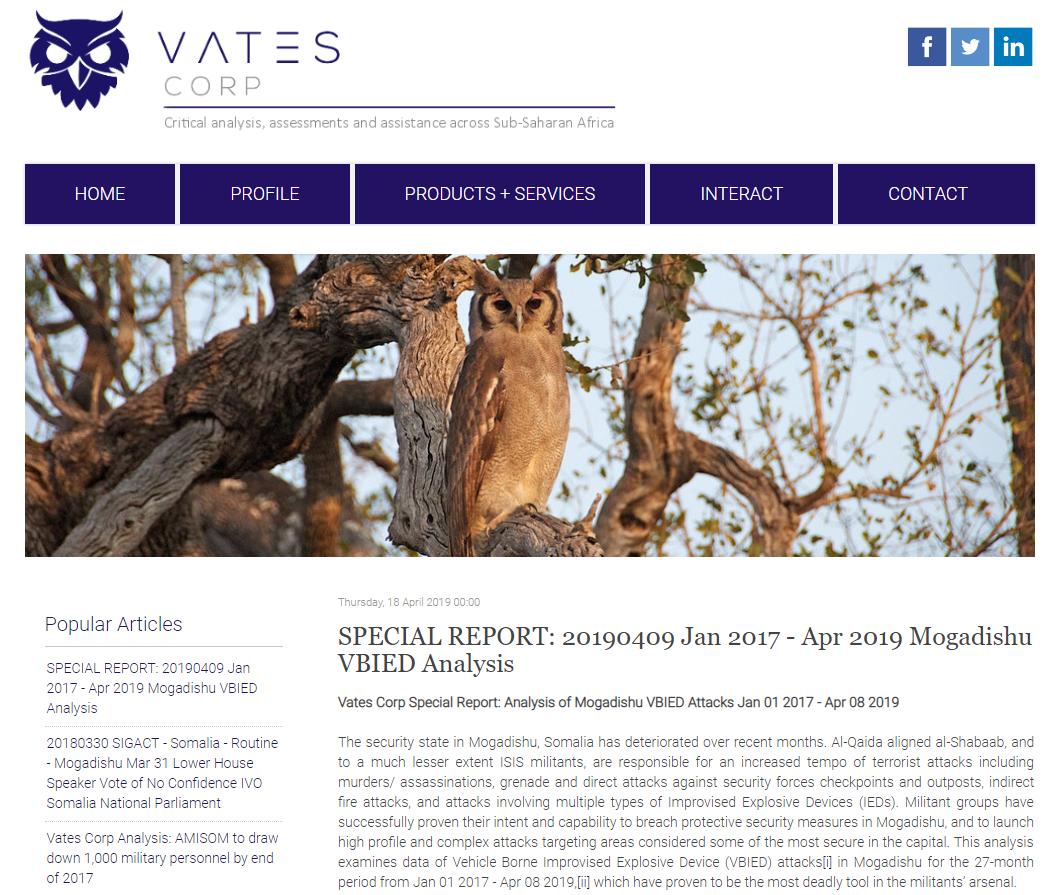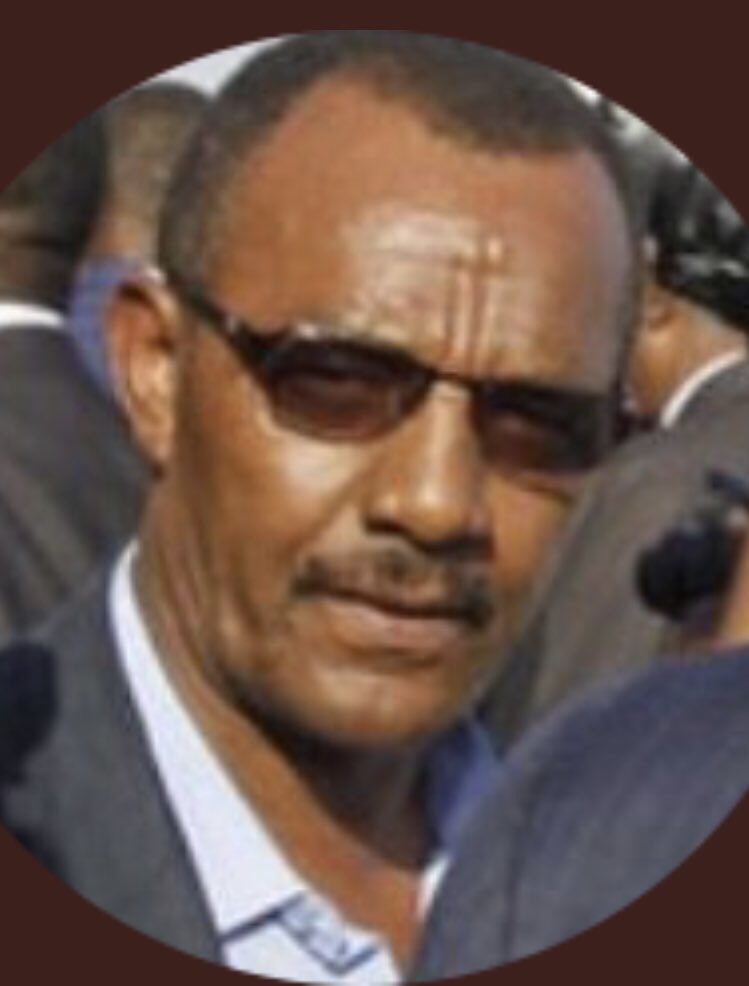The unethical practice of UN Somalia and Eritrea Monitoring Group (SEMG) to leak disputed allegations to the media for vilification of Somali leaders and clans has done a huge disservice to the efforts of
The evidence includes clashes between Habargidir and Biyamal clans in Lower Shabelle region, Abgal and Bantu in Middle Shabelle region, and clashes between sub-clan Habargidir and “heavily armed troops of Puntland” near Galkaio.
The report ignored to recognize the complaint of the federal government about the lack of notification of arms delivered by the UN to regional states of Somalia or to acknowledge the receipt of the 47 pages report of
Clan federalism forces each clan to devote time, energy, and resources to pursue its short term vanity in rivalry mood with other
The ultimate outcome of clan federalism is to see



